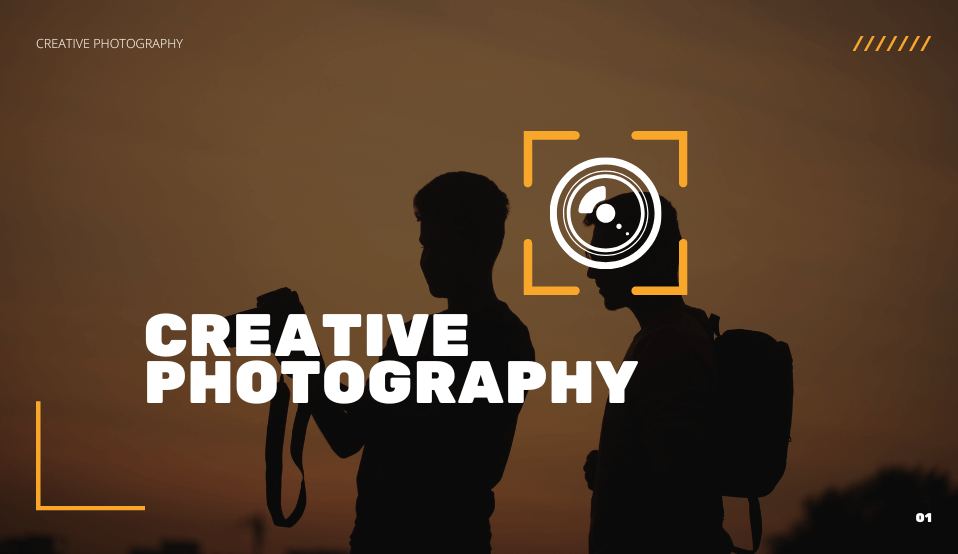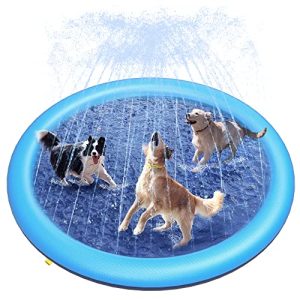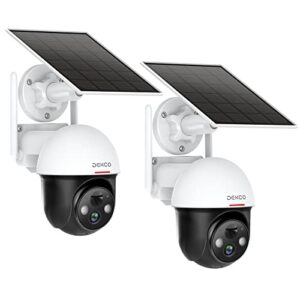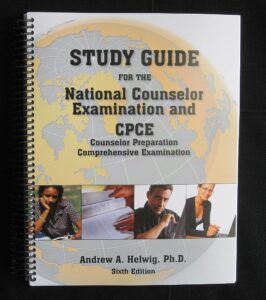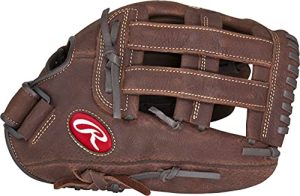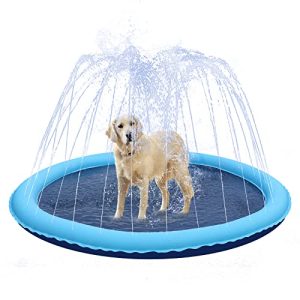Choosing the right camera is crucial for any professional photographer. The landscape of camera technology is ever-evolving, with each year bringing new advancements that push the boundaries of what is possible. As of 2024, several cameras stand out in the market, each offering unique features that cater to different types of professional photography. Here, we delve into the top five cameras for professional photography, exploring their key features, strengths, and potential drawbacks.
1. Canon EOS R5
Overview: The Canon EOS R5 has become a favorite among professional photographers since its release. It’s a mirrorless camera that offers a perfect blend of high resolution, fast performance, and robust build quality.
Key Features:
- Sensor: 45 MP Full-Frame CMOS Sensor
- Autofocus: Dual Pixel CMOS AF II with 1,053 AF points
- Video: 8K RAW video recording at 30 fps
- ISO Range: 100-51,200 (expandable to 102,400)
- Continuous Shooting: Up to 20 fps with electronic shutter
- Image Stabilization: In-body 5-axis image stabilization
Strengths:
- Image Quality: The 45 MP sensor produces incredibly detailed images, making it ideal for large prints and high-resolution work.
- Autofocus System: The advanced Dual Pixel autofocus system ensures quick and accurate focus, which is essential for fast-paced shooting environments like sports and wildlife photography.
- Video Capabilities: The ability to shoot 8K video provides unparalleled video quality, making it a versatile tool for both photographers and videographers.
Potential Drawbacks:
- Heat Management: The 8K video recording can cause the camera to overheat, limiting the duration of continuous recording.
- Price: It is relatively expensive, which might be a barrier for some professionals.
Use Cases: The Canon EOS R5 is perfect for portrait, landscape, and wildlife photographers who demand high resolution and fast, reliable autofocus. Its video capabilities also make it an excellent choice for those who want to dabble in videography without compromising on still image quality.
2. Nikon Z9
Overview: Nikon’s Z9 is a flagship mirrorless camera designed to compete at the highest level. It is equipped with advanced technology that caters to professional needs, from high-speed sports photography to detailed studio work.
Key Features:
- Sensor: 45.7 MP Full-Frame BSI CMOS Sensor
- Autofocus: Advanced 493-point phase-detection AF system
- Video: 8K UHD video recording at 30 fps
- ISO Range: 64-25,600 (expandable to 102,400)
- Continuous Shooting: Up to 20 fps with full-resolution RAW
- Image Stabilization: 5-axis in-body image stabilization
Strengths:
- Build Quality: The Z9 is robustly built, offering weather sealing and durability for challenging environments.
- Autofocus System: Its autofocus is highly accurate and fast, perfect for tracking moving subjects.
- Dynamic Range: Excellent dynamic range allows for more flexibility in post-processing.
Potential Drawbacks:
- Size and Weight: It is larger and heavier compared to other mirrorless cameras, which might be a consideration for travel photographers.
- Complexity: The advanced features and controls can be overwhelming for users who are not well-versed with high-end cameras.
Use Cases: The Nikon Z9 is ideal for sports, wildlife, and action photographers who require fast autofocus and high-speed shooting. Its robust build also makes it suitable for outdoor and adventure photography.
3. Sony Alpha 1
Overview: The Sony Alpha 1 (a1) represents the pinnacle of Sony’s mirrorless camera technology, offering unparalleled speed, resolution, and video capabilities in a compact form factor.
Key Features:
- Sensor: 50.1 MP Full-Frame Exmor RS CMOS Sensor
- Autofocus: 759-point Fast Hybrid AF
- Video: 8K 30p and 4K 120p video recording
- ISO Range: 100-32,000 (expandable to 102,400)
- Continuous Shooting: Up to 30 fps with full AF/AE tracking
- Image Stabilization: 5-axis in-body image stabilization
Strengths:
- High-Speed Performance: The Alpha 1 can shoot at an incredible 30 fps, making it one of the fastest cameras available.
- Resolution and Detail: The 50.1 MP sensor captures stunning detail, suitable for high-resolution commercial and landscape photography.
- Versatility: Excellent for both stills and video, with top-tier 8K recording capabilities.
Potential Drawbacks:
- Price: It is one of the most expensive cameras on the market.
- Battery Life: Intensive use, especially for 8K video, can drain the battery quickly.
Use Cases: The Sony Alpha 1 is a versatile powerhouse, perfect for professionals who need both high-speed performance and high-resolution imagery. It’s suitable for a wide range of photography, from commercial and landscape to sports and wildlife.
4. Fujifilm GFX 100S
Overview: The Fujifilm GFX 100S brings medium format quality into a more accessible and portable package. It offers stunning image quality, thanks to its large sensor and high resolution.
Key Features:
- Sensor: 102 MP Medium Format CMOS Sensor
- Autofocus: 425-point phase-detection AF
- Video: 4K video recording at 30 fps
- ISO Range: 100-12,800 (expandable to 102,400)
- Continuous Shooting: Up to 5 fps
- Image Stabilization: 5-axis in-body image stabilization
Strengths:
- Image Quality: The 102 MP medium format sensor provides extraordinary detail and dynamic range, unmatched by smaller sensors.
- Color Science: Fujifilm’s renowned color reproduction makes it ideal for portrait and fashion photography.
- Portability: Compared to other medium format cameras, the GFX 100S is relatively lightweight and compact.
Potential Drawbacks:
- Autofocus Speed: While improved, the autofocus system is not as fast as some high-end full-frame cameras.
- Price: It is expensive, reflecting its position as a medium format camera.
Use Cases: The Fujifilm GFX 100S is perfect for studio, landscape, and fashion photographers who prioritize image quality above all else. Its medium format sensor offers a level of detail that is particularly beneficial for large prints and detailed commercial work.
5. Leica SL2-S
Overview: The Leica SL2-S is a versatile mirrorless camera that combines classic Leica design with modern technology. It offers excellent build quality and performance, making it a favorite among many professional photographers.
Key Features:
- Sensor: 24 MP Full-Frame CMOS Sensor
- Autofocus: 225-point contrast-detection AF
- Video: 4K DCI recording at 60 fps
- ISO Range: 100-50,000
- Continuous Shooting: Up to 25 fps
- Image Stabilization: 5-axis in-body image stabilization
Strengths:
- Build Quality: Exceptional build quality with weather sealing, typical of Leica’s craftsmanship.
- User Experience: Intuitive controls and a minimalist design that appeals to photographers who prefer a straightforward shooting experience.
- Low-Light Performance: Excellent low-light capabilities with a high ISO range and effective image stabilization.
Potential Drawbacks:
- Autofocus System: The contrast-detection AF is not as fast as phase-detection systems found in other high-end cameras.
- Price: Leica cameras are known for their premium pricing.
Use Cases: The Leica SL2-S is ideal for portrait, wedding, and documentary photographers who value build quality, simplicity, and exceptional image performance in various lighting conditions. Its combination of still and video capabilities also makes it a solid choice for multimedia professionals.
Why Professional Photography Needs a Professional Camera
Photography is a powerful form of art and communication that requires the right tools to capture moments in their most authentic and vivid form. While modern smartphones and entry-level cameras have made photography accessible to a broader audience, professional photographers rely on high-end professional cameras for various reasons. These cameras are designed to meet the rigorous demands of professional work, offering superior performance, quality, and versatility. Here are several key reasons why professional photography necessitates a professional camera.
1. Superior Image Quality
High Resolution: Professional cameras come with sensors that offer significantly higher resolutions than consumer-grade cameras. This allows photographers to capture intricate details, which is crucial for large prints, advertising, and editorial work where every detail matters.
Dynamic Range: Professional cameras have superior dynamic range, enabling them to capture more details in both the shadows and highlights. This is essential for scenarios with challenging lighting conditions, such as sunsets or high-contrast scenes.
Color Depth: The ability to capture a wider gamut of colors and more subtle gradations is another advantage of professional cameras. This is particularly important for fashion, product, and commercial photography where accurate color representation is critical.
2. Advanced Autofocus Systems
Speed and Accuracy: Professional cameras are equipped with advanced autofocus (AF) systems that are both fast and accurate. This is crucial for capturing sharp images in dynamic environments such as sports, wildlife, and event photography.
AF Points and Coverage: More AF points and better coverage across the frame allow photographers to maintain focus on their subjects more effectively, especially those that move unpredictably.
3. Robust Build Quality
Durability: Professional cameras are built to withstand the rigors of professional use. They often feature weather sealing, robust bodies, and durable components that can endure harsh environments and heavy use.
Ergonomics: The design of professional cameras includes ergonomic considerations, making them more comfortable to handle during long shooting sessions. Customizable buttons and dials allow for efficient workflow adjustments.
4. Manual Controls and Customization
Control Over Settings: Professional cameras offer extensive manual controls that allow photographers to fine-tune every aspect of their exposure, focus, and composition. This level of control is essential for creative freedom and achieving the desired artistic effect.
Customizable Functions: Many professional cameras allow users to customize buttons and settings, creating shortcuts for their most-used functions. This can significantly speed up the shooting process and improve efficiency.
5. Low-Light Performance
High ISO Capabilities: Professional cameras typically perform better in low-light conditions due to their larger sensors and superior noise reduction algorithms. This is important for photographers who often shoot in dimly lit environments, such as concerts, weddings, and nightscapes.
Wide Aperture Lenses: Professional camera systems often have access to a range of high-quality, wide-aperture lenses that further enhance low-light performance and provide greater creative options for depth of field control.
6. Versatility and Lens Selection
Interchangeable Lenses: Professional cameras, especially DSLRs and mirrorless systems, support a wide variety of interchangeable lenses. This allows photographers to choose the optimal lens for each specific situation, from ultra-wide angles to super telephotos.
Specialized Lenses: Professional photographers have access to specialized lenses, such as tilt-shift, macro, and prime lenses with wide apertures. These lenses enable them to achieve effects and levels of detail that are impossible with standard lenses.
7. Enhanced Video Capabilities
High-Resolution Recording: Many professional cameras offer advanced video recording features, including 4K and even 8K resolution, high frame rates, and professional-grade codecs. This is vital for photographers who also work with video, such as in the case of wedding or commercial videography.
Manual Video Controls: Professional cameras provide extensive manual controls for video settings, including focus, exposure, and audio input levels, which are essential for high-quality video production.
8. Reliability and Consistency
Consistent Performance: Professional cameras are designed to deliver consistent performance across various conditions and scenarios. This reliability is crucial for professionals who cannot afford to miss a shot due to equipment failure or limitations.
Backup and Redundancy: Features like dual memory card slots ensure that data is backed up in real-time, reducing the risk of data loss. This is particularly important for wedding and event photographers who need to ensure that no precious moments are lost.
9. Post-Processing Flexibility
RAW Files: Professional cameras allow for shooting in RAW format, which retains all the data captured by the sensor. This provides greater flexibility in post-processing, allowing photographers to adjust exposure, white balance, and other settings without compromising image quality.
Dynamic Range Recovery: The superior dynamic range of professional cameras means that details in highlights and shadows can often be recovered more effectively during post-processing.
10. Professional Perception
Client Expectations: Clients often expect professional photographers to use high-end equipment. The use of professional cameras can enhance a photographer’s credibility and professionalism in the eyes of clients.
Competitive Edge: In a competitive market, having the best tools available can give professional photographers an edge, allowing them to produce higher-quality work and meet the exacting standards of high-end clients.
Conclusion
Choosing the right camera depends heavily on your specific needs and shooting style. Each of these top five cameras for professional photography in 2024 offers unique strengths:
- Canon EOS R5: Best for high-resolution stills and video.
- Nikon Z9: Ideal for fast-action and sports photography.
- Sony Alpha 1: A versatile option for both high-speed and high-resolution requirements.
- Fujifilm GFX 100S: Perfect for those who need the unparalleled detail of medium format.
- Leica SL2-S: Offers a blend of exceptional build quality and performance, with a focus on user experience.
By understanding the key features and potential drawbacks of each camera, you can make an informed decision that best suits your professional photography needs.

